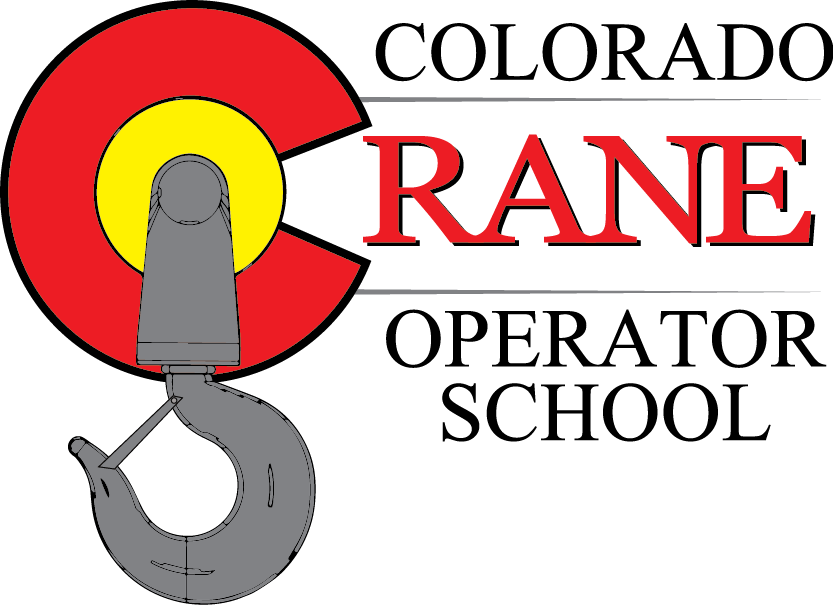A majority of crane-related fatalities and accidents occur during the assembly/disassembly process of lattice boom cranes. In Subpart CC, OSHA clearly states that all work shall be supervised by an A/D (Assembly/Disassembly) director. The A/D director is clearly in charge and responsible for not only ensuring the crew preforms the proper procedures but to ensure the crew is working safely. It isn’t hard to argue that each accident has its own unique reason what caused the accident to occur but you can summarize those reasons into one simple statement, “Manufacturer procedures were not followed.”
With the A/D director being in control, they need to be competent and qualified according to OSHA subpart CC. This also means the A/D director needs to understand and apply all manufacturer procedures. The procedures include and not limited to:
- Outriggers and stabilizers shall be fully extended or if manufacturer procedures permit otherwise
- Must use synthetic slings during rigging and must also be protected from sharp and acute edges
- Component weights must be readily available
- All rigging must be done by a qualified rigger
- Pins may not be removed when the pendants are in tension
- Booms supported by cantilevering must not exceed limitations
Employers have the ability to use their own procedures but they must
- Prevent dangerous movement or collapse of equipment
- Provide support and stability of the equipment
- Position employees to minimize exposure to unintended movement and collapse of equipment
- Be developed by a qualified person
The A/D director is not also must not only worry about the crane but also ensure personnel is to understand their roles and remain in a safe position during the process. Before a crew member goes to a location that is not in full view of the operator, the crew member must notify the operator. The A/D director must also ensure that the equipment is not to move until the agreed-upon signals are used.
Another key part of the assembly/disassembly process is the need for a post-assembly inspection by a qualified person upon completion. The process is needed to ensure all components match the manufacturer’s requirements and to ensure all components have been installed correctly. It is not uncommon to see a keeper pin missing here or there or a damaged boom rope that is a couple of layers deep on the drum.
Keep in mind, that a good A/D director is much more than just understand what steps to follow but also to ensure no steps are skipped over. Being in a hurry to beat the clock is the worst thing you can do when working around cranes. There are a lot of variables that go along with every crane build but if you focus on the controllable then you will ensure your equipment and crew will remain in good shape.




